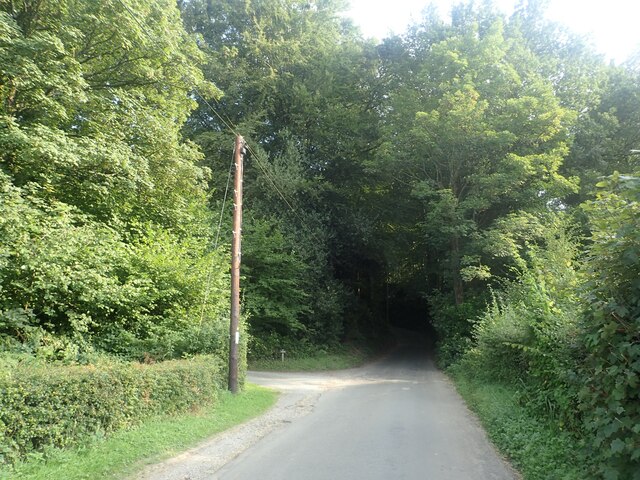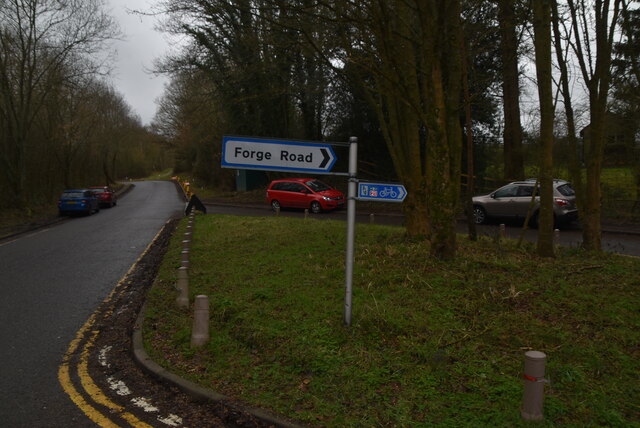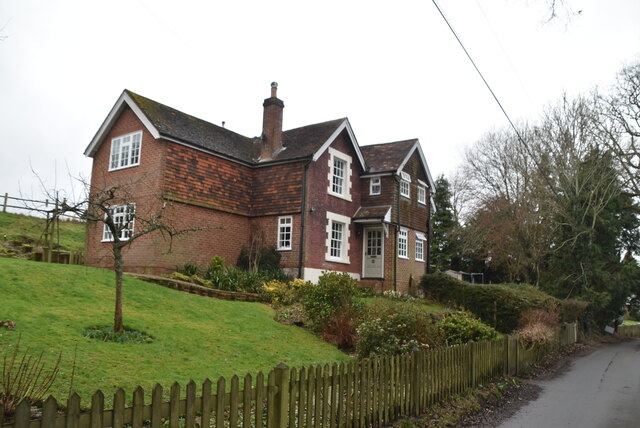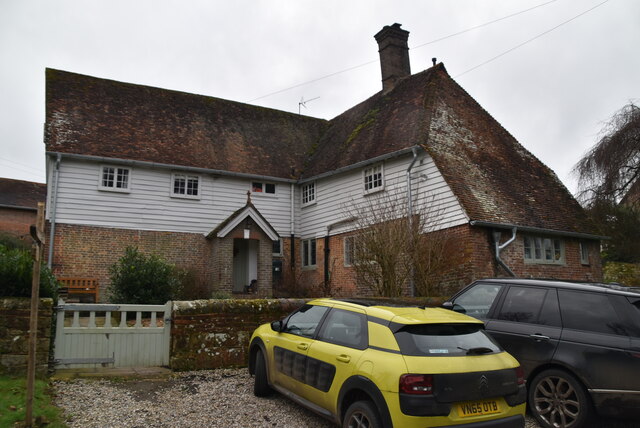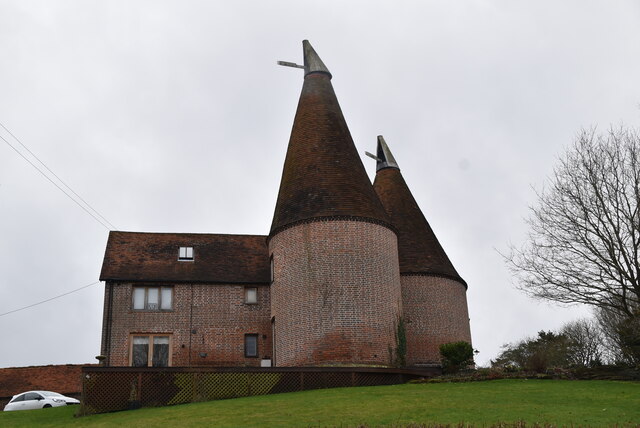Burnt House Wood
Wood, Forest in Sussex Wealden
England
Burnt House Wood

Burnt House Wood is a picturesque woodland located in Sussex, England. Covering an area of approximately 50 acres, it is a popular destination for nature enthusiasts and walkers alike. The woodland is characterized by its diverse range of flora and fauna, offering visitors a unique and tranquil experience.
The name "Burnt House Wood" is derived from the remnants of a burnt down cottage that once stood within the woodland. Although the history of the cottage remains somewhat mysterious, its ruins add an eerie charm to the area. It is believed that the cottage was destroyed by a fire several decades ago, leaving only the stone foundations and a few walls behind.
The woodland itself is primarily composed of oak and beech trees, providing a dense canopy that filters sunlight and creates a cool, shaded atmosphere. Beneath the towering trees, the forest floor is covered with a carpet of ferns, bluebells, and wildflowers, adding bursts of color during the spring and summer months.
Wildlife thrives in Burnt House Wood, with various species making their home within its boundaries. Deer, foxes, badgers, and a wide variety of bird species can often be spotted among the trees. Visitors may also catch sight of butterflies, dragonflies, and other insects fluttering through the undergrowth.
For those looking to explore the woodland, well-maintained footpaths and trails provide easy access to the different areas of interest. The peaceful ambiance and natural beauty of Burnt House Wood make it an ideal spot for a leisurely stroll, birdwatching, or simply escaping the hustle and bustle of everyday life.
If you have any feedback on the listing, please let us know in the comments section below.
Burnt House Wood Images
Images are sourced within 2km of 51.071552/0.19428146 or Grid Reference TQ5332. Thanks to Geograph Open Source API. All images are credited.




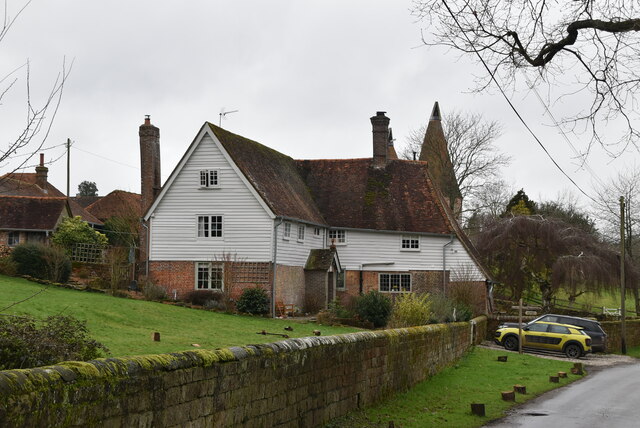
Burnt House Wood is located at Grid Ref: TQ5332 (Lat: 51.071552, Lng: 0.19428146)
Administrative County: East Sussex
District: Wealden
Police Authority: Sussex
What 3 Words
///juicy.welcome.marketing. Near Crowborough, East Sussex
Nearby Locations
Related Wikis
Bowles Rocks
Bowles Rocks is a sandstone crag in the county of East Sussex, on the border with Kent, approximately 8 kilometres (5 mi) south of the town of Royal Tunbridge...
Bowles Outdoor Centre
Bowles Outdoor Centre is an outdoor education/outdoor learning centre in southeast England, located between Royal Tunbridge Wells and Crowborough at Bowles...
Bream Wood
Bream Wood is a 7.8-hectare (19-acre) biological Site of Special Scientific Interest north of Crowborough in East Sussex.This steep sided valley wood has...
Eridge railway station
Eridge railway station is on the Uckfield branch of the Oxted line in southern England and serves a rural district around Eridge in East Sussex. It is...
Beacon Academy
Beacon Academy (formerly Beacon Community College) is a coeducational secondary school and sixth form located in Crowborough in the English county of East...
Pratt's Mill, Crowborough
Pratt's Mill is a tower mill at Crowborough, Sussex, England which has been truncated and converted to residential accommodation. == History == Pratt...
Jarvis Brook
Jarvis Brook is a village between Crowborough and Rotherfield in the Borough of Wealden East Sussex. Crowborough Railway Station, on the Uckfield branch...
Crowborough Community Church
Crowborough Community Church (also known as Community Church, Crowborough) is an Evangelical church in the town of Crowborough in East Sussex, England...
Nearby Amenities
Located within 500m of 51.071552,0.19428146Have you been to Burnt House Wood?
Leave your review of Burnt House Wood below (or comments, questions and feedback).








